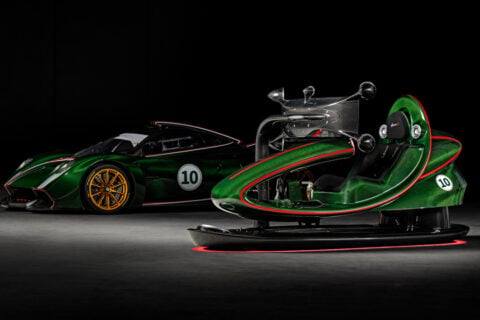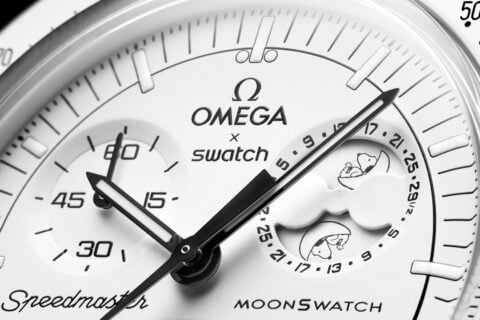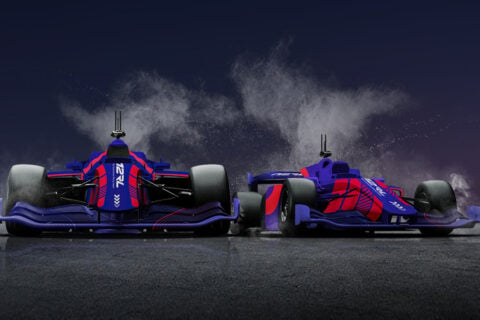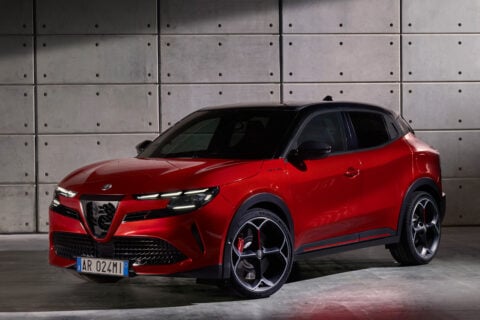Surprises
1.5 seconds; that was the difference between Vettel and Mercedes in Singapore. after Ferrari had faced the same deficit to Mercedes just two weeks earlier. Could it be the first signs of a late season challenge from Ferrari and Red Bull? Or perhaps it was a result of tightly enforced tire pressure settings, as a result of the tire failures in Spa and the FIA tire pressure investigations directed towards Mercedes following their Monza victory?
Pundits point out that the Singapore circuit caused the Mercedes’ juggernaught the most struggle last year; the track offered the smallest gap between them and the rest of the field. Then, it was just veiled by their race speed advantage. This year, Ferrari and Red Bull are much closer in pace, thus the pair were able to capitalise on Mercedes’ inherent weakness.
The answer to this sudden weakness lies in the particular interaction between a F1 chassis, its tyres and Singapore’s track surface. Modern F1 tyres are either at perfect operating temperature or not, and with 23 Singapore corners to navigate, any small disadvantage is magnified. With a lap that features nearly constant side loads and unrelenting heat with no chance of cooling the tires, Mercedes’ stiff suspension created constantly varying temperatures that tortured the compounds. Thus, their tires’ brief lives began under stress and went downhill from there.
Pirelli engineers suggested that the correct temperature window of the super soft tyre at Singapore this year was just 2 degrees. Mercedes and Williams couldn’t consistently remain in that window; Vettel managed to do his qualifying whole lap at this sweet spot. The combination of Ferrari’s tyre preparation and its front brake duct “cooling” actually heating the front tyres from the inside where spot on. One wonders if they can find more alchemy for Japan.
It seems with every new Grand Prix, there is someone left sitting at the start with horrendous power unit woes. Singapore was Max Verstappen’s turn. After the field streamed past his stationary Toro Rosso, the car was wheeled into the pit lane, rebooted and Vestappen set off after the field Helped by two strategic safety car periods and a sterling effort to nurse his tires, Verstappen unlapped himself and clawed his way back to eighth place purely on aggression and merit.
Prior to the race, word was spread that Lotus’ Romain Grosjean was headed to new-team Haas in 2016; he had tired of the delays of the possible/probable/maybe Renault buy-out of cash-strapped Lotus. Equally surprising was the press notification released long after the race which revealed Pastor Maldonado would remain with the team for 2016. Crash-prone Maldonado retains a sizeable “sponsorship” from Venezuela’s national oil company PDVSA.
However, with PDVSA practically bankrupt and possible/probable new owner Renault’s link with the French Total firm, it suggests that Maldonado’s services were “traded” not for cash, but for future oil; Maldonado would remain the “sporting ambassador” of the crumbling Venezuelan regime in trade for pricey oil exploration rights in the Orinoco Basin. Such are the intrigues of modern F1…






